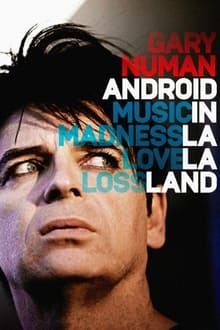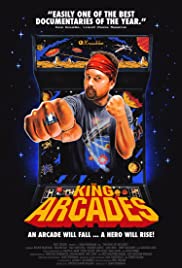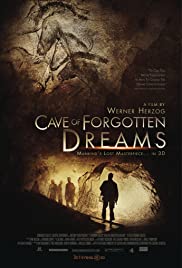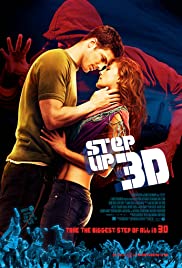
The Godfather of electronic music is on a one-way trip to crack America, returning to the studio for the first time in nearly a decade. Android is a celebration of a music-making pioneer and the love story that helped him turn his life around.
You May Also Like

Starting as a passion project, this movie launched the team on an unexpected journey; from discovering the historic past in Ralph Baer’s personal workshop, to capturing the present as the Smithsonian Museum recognizes gaming as art. Along the way, the crew encountered an interesting cast of characters including game developers, high score players, and arcade enthusiasts.

Naples, Trajan’s district. Initially it was intended for the inhabitants of the shantytowns on the seafront of Naples, who were homeless after the war. But it soon became a kind of ghetto. Alessandro and Pietro are two teenagers who film with an iPhone to tell their difficult neighborhood, their daily life, the friendship that binds them.

Amal is 14 years old when she ends up on Tahrir Square during the Egyptian revolution, after the death of her boyfriend in the Port Said Stadium riot. During the protests, she is beaten by police and dragged across the square by her hair. This coming-of-age film follows her over the years after the revolution. As the film cuts between the unfolding current events and Amal’s rapidly changing life and appearance, we see her searching for her own identity in a country in transition. Amal is fiery and fearless, sinking her teeth into the protests and constantly lecturing her mother, who works as a judge. A girl among men, she also has to fight for respect and the right to take part, both in the street and in the rest of her life. In Egypt, even for a young woman like Amal—her name means “hope”—the choices open to her for her future are limited.

Werner Herzog gains exclusive access to film inside the Chauvet caves of Southern France, capturing the oldest known pictorial creations of humankind in their astonishing natural setting.

“The Face of Anonymous” by Gary Lang, which profiles Christopher Doyon, a.k.a. Commander X, who has hidden from the FBI in Toronto and Mexico.

The images comprise only of material Sergei Loznitsa found in the Moscow film archives about the siege of Leningrad during the World War II. By providing the originally silent images with a meticulously reconstructed soundtrack, the scenes from everyday life under siege seem to be set in the present. By not intervening in the montage but giving the scenes room to tell a story, the scenes transcend the specific historic events and lead a new life. They do not evoke memories of the past, but become a breathtaking reanimation of reality.

Drama-led documentary following the life of Signe, an orphaned Chief’s daughter, who, driven by revenge, becomes an explorer and trader in the lands of the Rus Vikings.
Capturing Avatar is a feature length behind-the-scenes documentary about the making of Avatar. It uses footage from the film’s development, as well as stock footage from as far back as the production of Titanic in 1995. Also included are numerous interviews with cast, artists, and other crew members. The documentary was released as a bonus feature on the extended collector’s edition of Avatar.

As the 60th anniversary of the assassination of President Kennedy approaches, this film uncovers the final proof of what happened that day in Dallas. By enhancing the famous Zapruder film, using new technology, we finally see what happened to J.F.K.

A tight-knit group of New York City street dancers, including Luke and Natalie, team up with NYU freshman Moose, and find themselves pitted against the world’s best hip hop dancers in a high-stakes showdown that will change their lives forever.

On the eve of 1987’s Second National March on Washington for Lesbian and Gay Rights, surviving families and friends of people who have died of AIDS prepare panels to be added to a large-scale memorial quilt project. Drawing from the sea of names memorialized, director Robert Epstein focuses on the lives of six people. Alongside the intimate profiles offered, through news footage and interviews, Epstein puts the AIDS crisis in the larger context of social and government response to the disease.